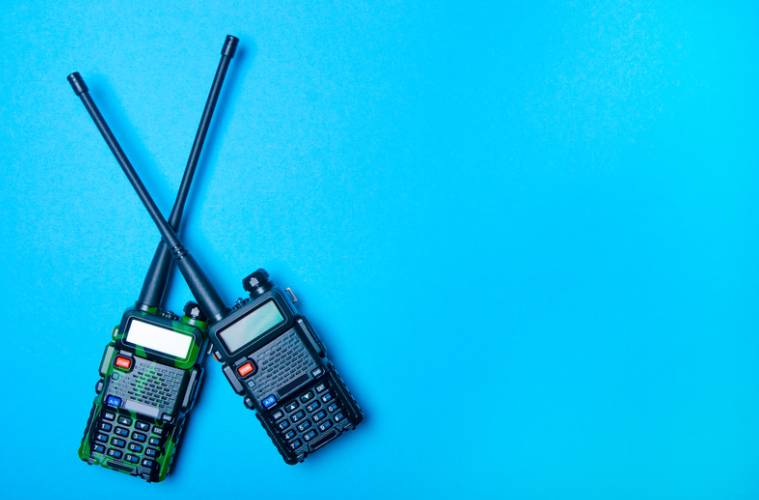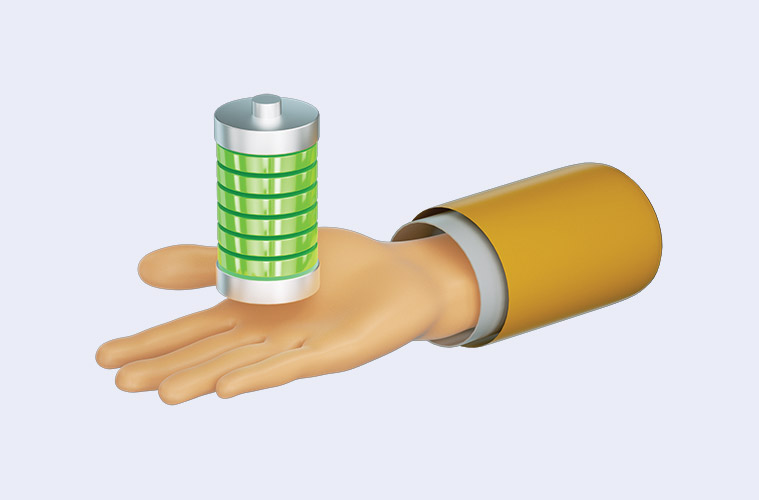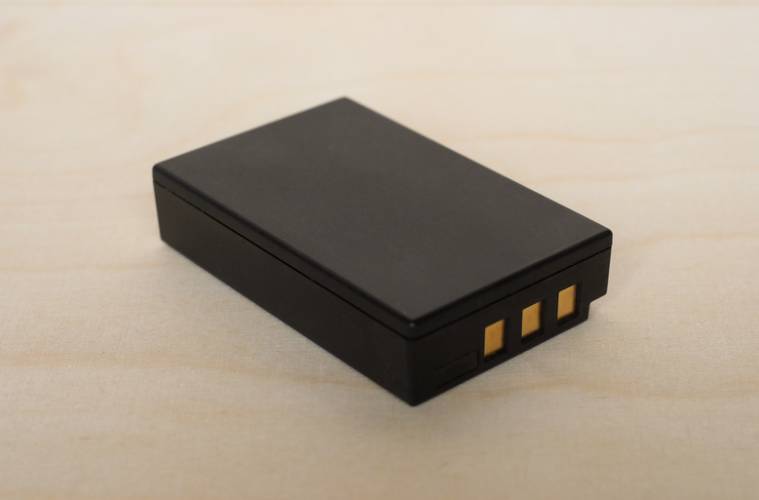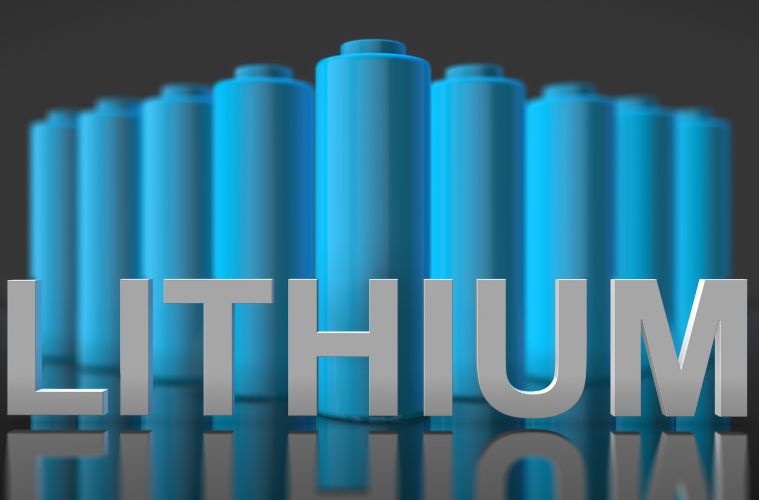
Two-way radio batteries are the power source for portable radios, also known as walkie-talkies. These batteries come in different types and sizes, and each has its own unique set of characteristics.
Nickel-cadmium (NiCad) batteries are one of the most common types of batteries used in two-way radios. They are relatively inexpensive, have a long shelf life, and can be recharged many times. However, they have a “memory effect,” which means that if you don’t fully discharge the battery before recharging it, the battery will only charge to the point it was last discharged, and the battery’s capacity will gradually decrease.
Nickel-metal hydride (NiMH) batteries are another popular choice for two-way radios. They have a higher energy density than NiCad batteries, which means they can store more energy in a smaller package. They also don’t have the memory effect, but they are more expensive than NiCad batteries.
Lithium-ion (Li-ion) batteries are the most recent development in two-way radio batteries. They have the highest energy density of all types of batteries, so they are very lightweight and small. They also have a very low self-discharge rate, which means they can hold their charge for a very long time. However, they are the most expensive type of battery.
In terms of choosing the right battery for your two-way radio, it is important to consider the specific needs of your application. The NiCad batteries are the most affordable, and the NiMH batteries are the most efficient, but Li-ion batteries are the best choice for high-performance applications because they have the longest life, are the most lightweight, and have the lowest self-discharge rate.
No matter what type of battery you choose, it is important to always follow the manufacturer’s instructions for charging and maintaining your batteries to ensure the best performance and longest life.
There are several major manufacturers of two-way radios, also known as walkie-talkies, including:
- Kenwood: Kenwood is a Japanese company that designs and manufactures a variety of two-way radios for both professional and personal use.
- Hytera: Hytera is a Chinese multinational company that specializes in the design and manufacturing of professional two-way radios and communication systems.
- Icom: Icom is a Japanese company that designs and manufactures two-way radios for various industries such as marine, aviation, and public safety.
- Yaesu: Yaesu is a Japanese company that designs and manufactures two-way radios for both professional and personal use.
- Harris: Harris is a US-based company that specializes in providing communication systems and equipment for various industries such as public safety, government, and critical infrastructure.
These are just a few examples of the many manufacturers of two-way radios. Other notable manufacturers include Midland, Uniden, and Baofeng.
The future of two way radio battery
Two-way radio batteries are an essential component of communication devices that are used in a variety of industries, including construction, transportation, and emergency services. As technology continues to evolve, the batteries that power these radios are also likely to change in the coming years.
One area of focus for two-way radio batteries is increasing their energy density, or the amount of energy that can be stored in a given volume. This would allow for longer battery life and fewer replacement cycles, reducing the overall cost of ownership for the user. Researchers are exploring various materials and chemistries that have the potential to increase energy density, such as lithium-ion and lithium-polymer batteries.
Another trend in the development of two-way radio batteries is the increasing use of smart technology. Smart batteries have built-in monitoring and control systems that can provide real-time information on the battery’s status, such as its remaining charge and usage history. This allows users to optimize their use of the battery, and can also provide valuable data for manufacturers to improve the design and performance of future batteries.
In addition, wireless charging is also becoming more common for two-way radios, which eliminates the need for wires and plug-in charging, making it more convenient for users.
Overall, the future of two-way radio batteries looks promising, with new technologies and materials that have the potential to improve performance and increase the overall efficiency of these devices. As communication technologies continues to advance, the batteries that power them will be an essential element of this evolution.




